Timely first aid helps reduce risks, facilitate further treatment at a medical facility or at least not aggravate injuries.
Below, Dr. Nguyen Quoc Huy, Emergency Department, University of Medicine and Pharmacy Hospital, Ho Chi Minh City, shares first aid for some common injuries such as scratches and skin tears.
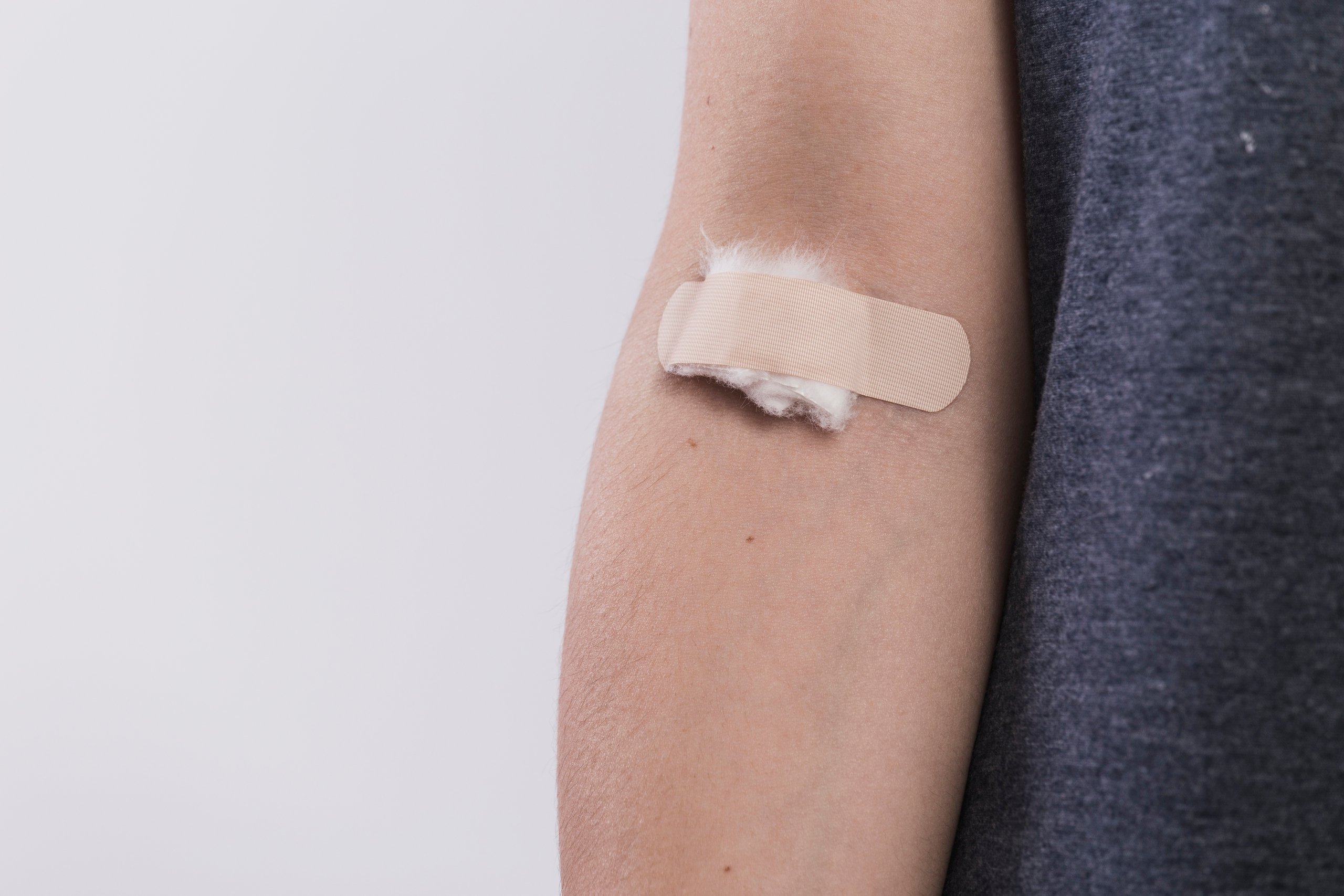
Usually small wounds will stop bleeding very quickly, then you disinfect with povidine solution, bandage with personal adhesive tape.
For minor cuts and scrapes. Gently clean the wound with cool water and remove any foreign objects, then dry with a towel.
Usually, small wounds will stop bleeding very quickly. You just need to use your thumb to apply pressure to the wound for a while, then disinfect it with povidine solution and bandage it with a bandage.
If the wound is larger, use sterile gauze and a roll of bandage purchased at the pharmacy to cover it.
For large bleeding lacerations. Stop the bleeding and then clean. Cover the wound with sterile gauze or a clean towel, use your thumb to apply concentrated pressure to stop the bleeding. Absolutely do not use hemostatic measures such as tobacco, crushed leaves, or anything else on the wound because this will make it difficult to clean and treat the wound later.
If the wound is on the hand, you can raise the hand, it will be easier to stop the bleeding. If the bleeding continues, you can put some thick gauze on the wound and wrap the hand tightly with an elastic bandage until the bleeding stops, then immediately take the victim to the nearest medical facility.
For severe bleeding injuries. Use an elastic bandage to gradually wrap the bleeding wound until the bleeding stops instead of a tourniquet, which is safer. Then immediately transfer the victim to the nearest medical facility.
Torsion tourniquets may be used but this is really a last resort, such as in cases of possible limb loss, to mitigate other associated risks, and should only be performed by trained medical personnel.
Source link



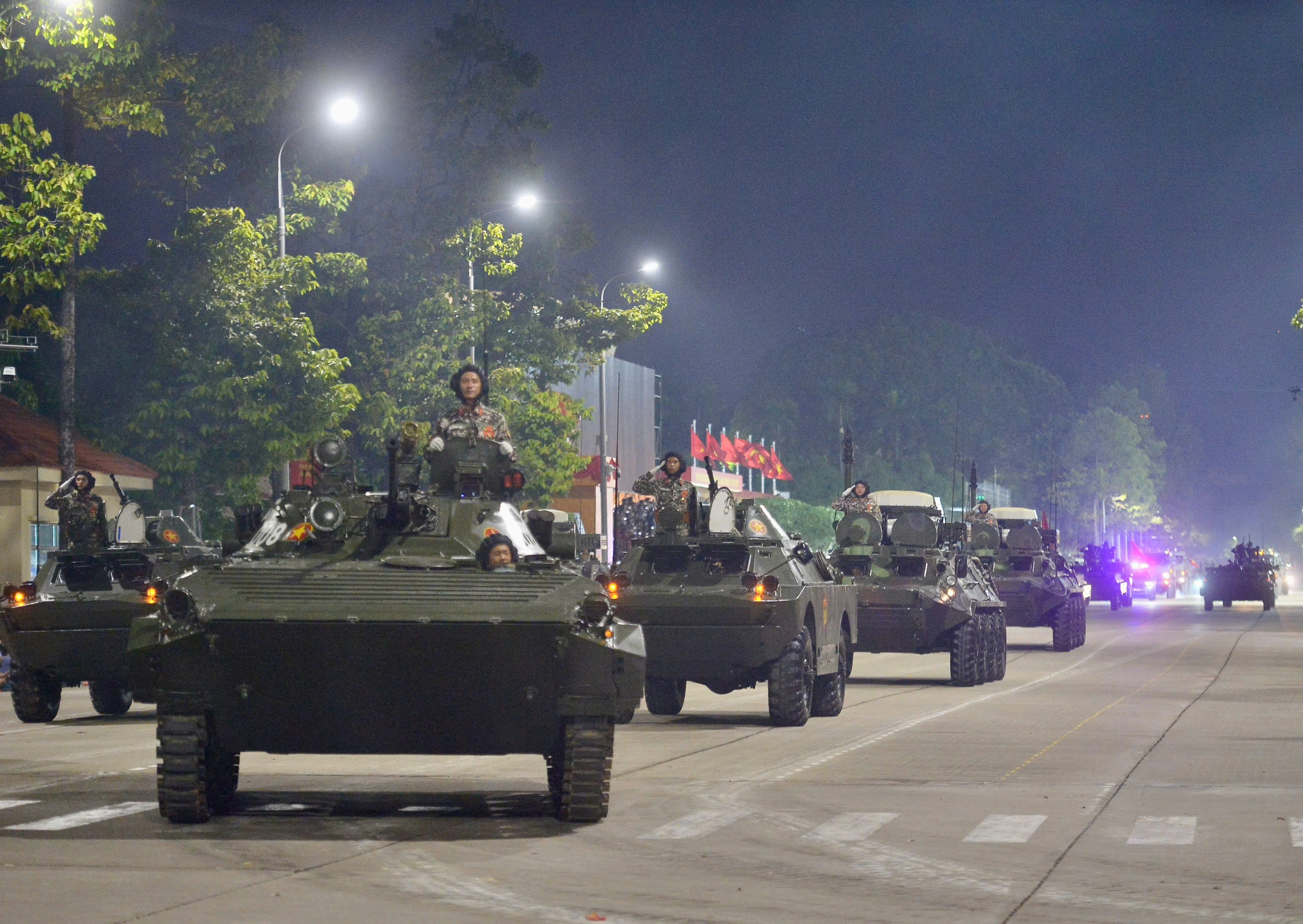
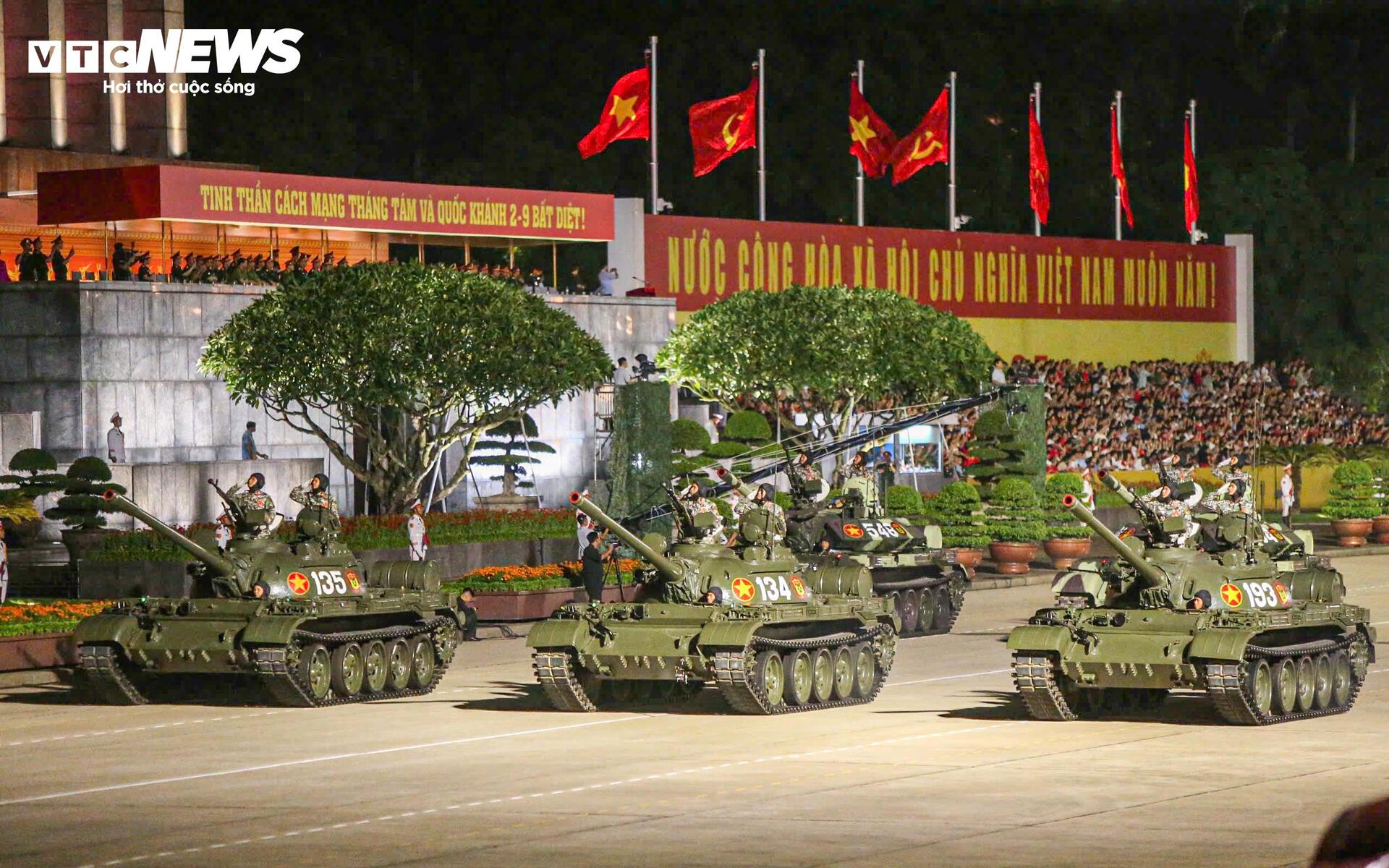
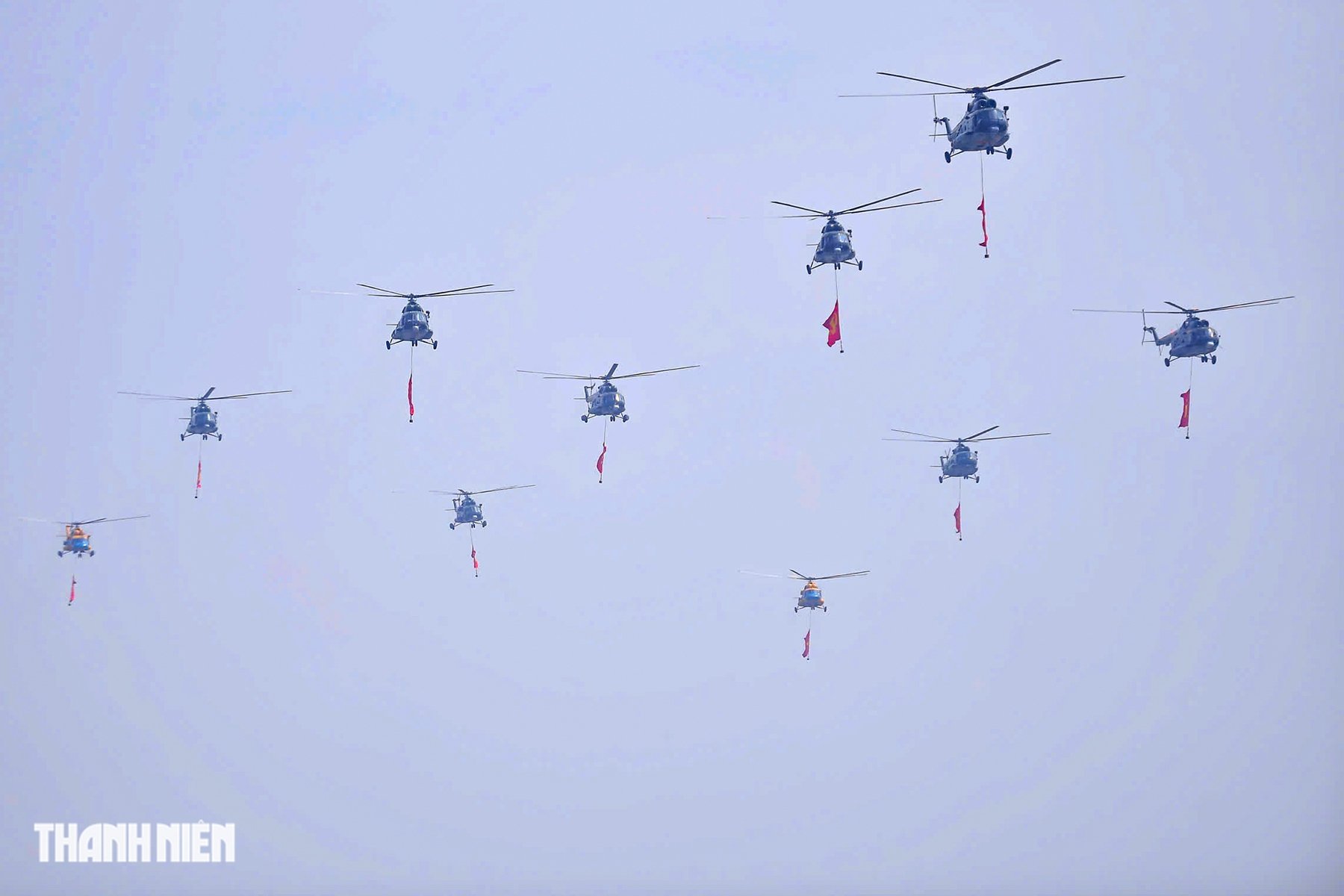



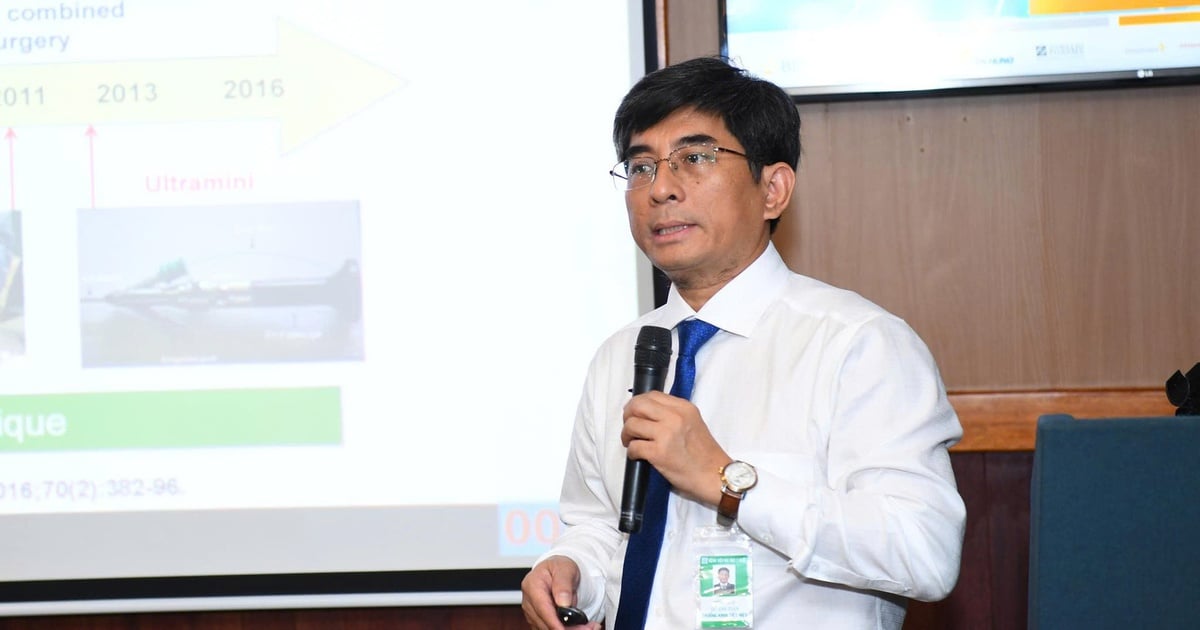







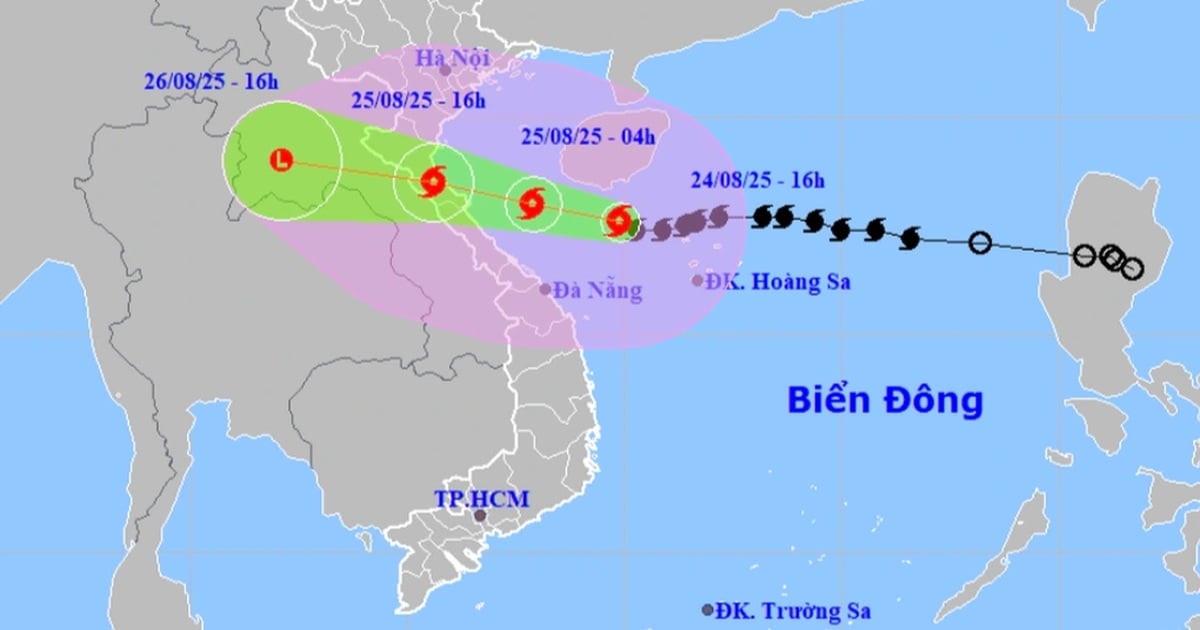

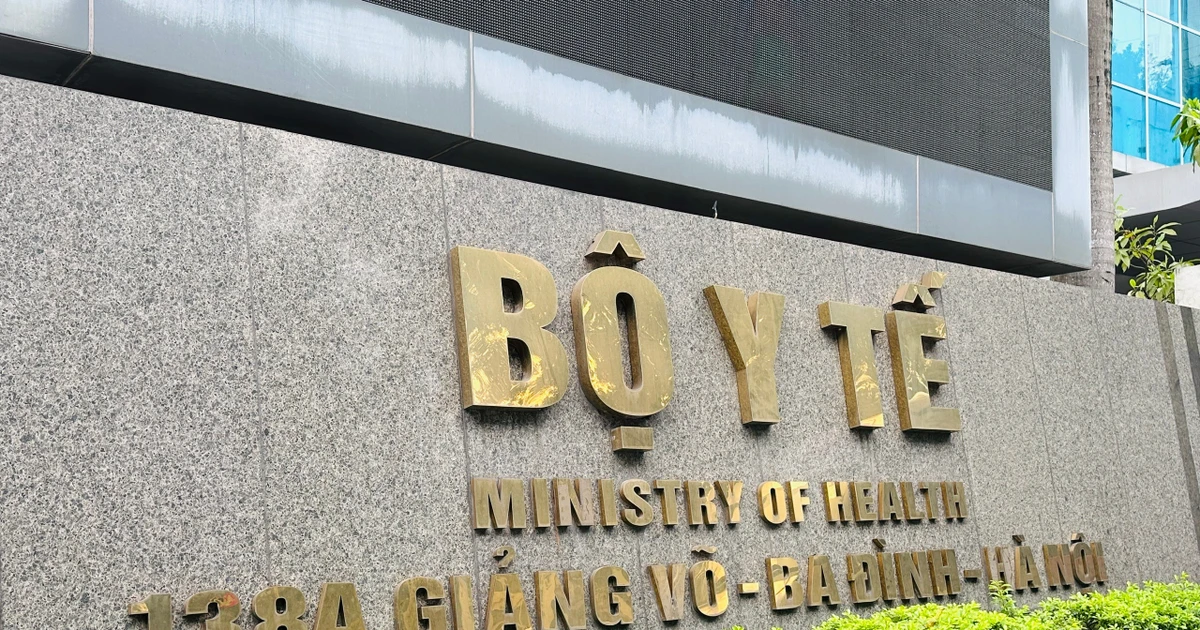



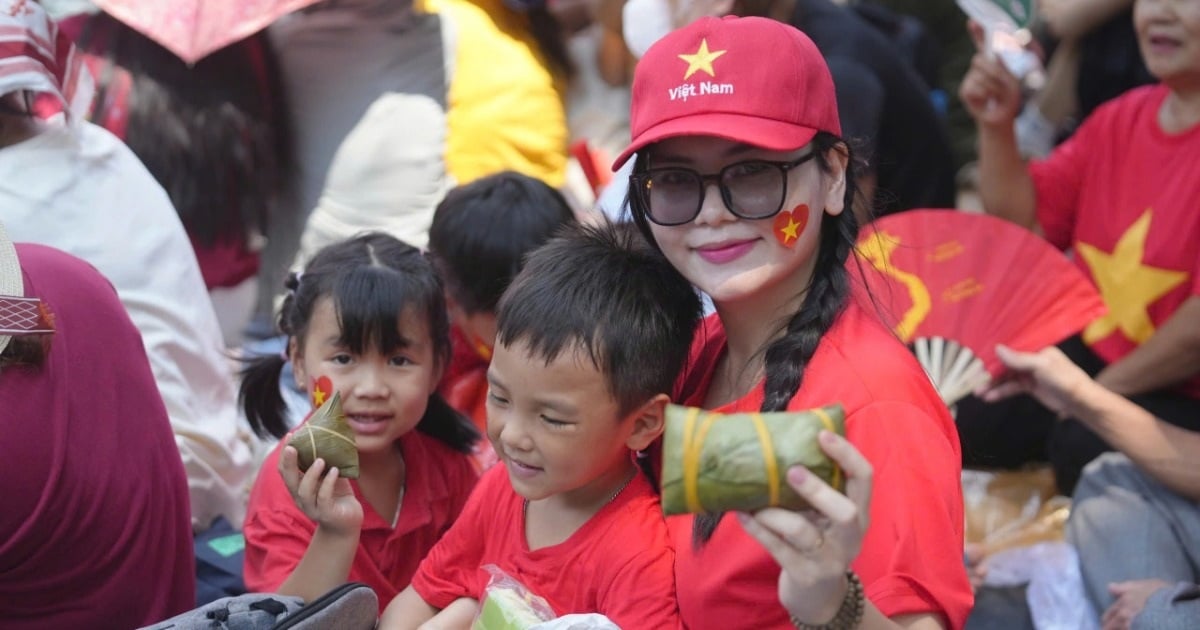






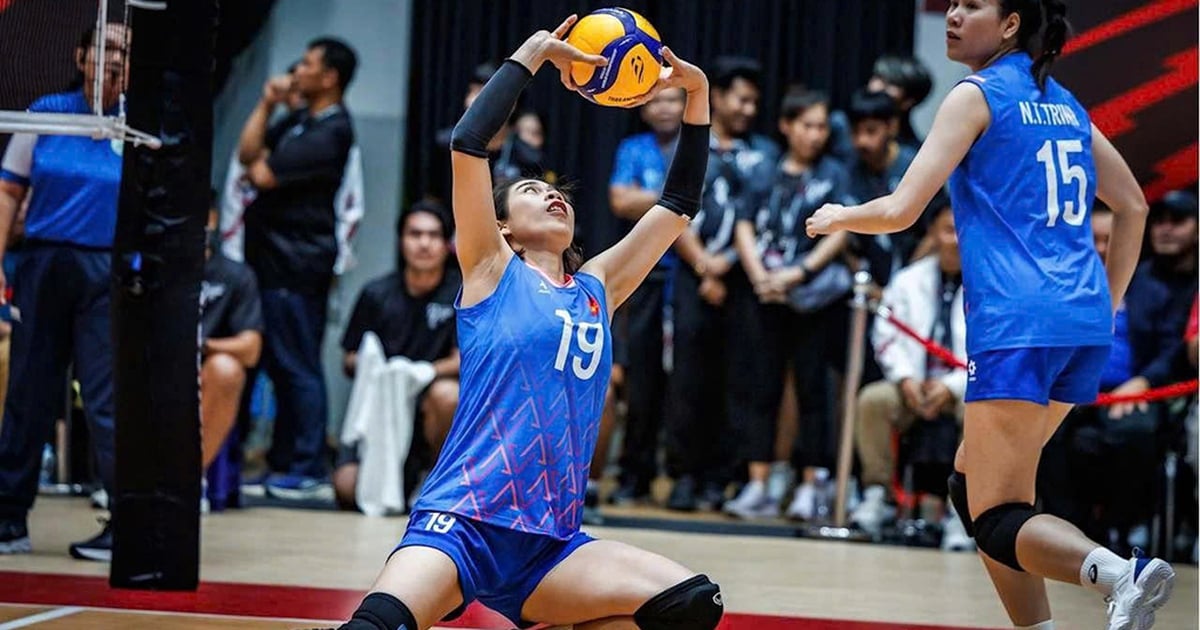

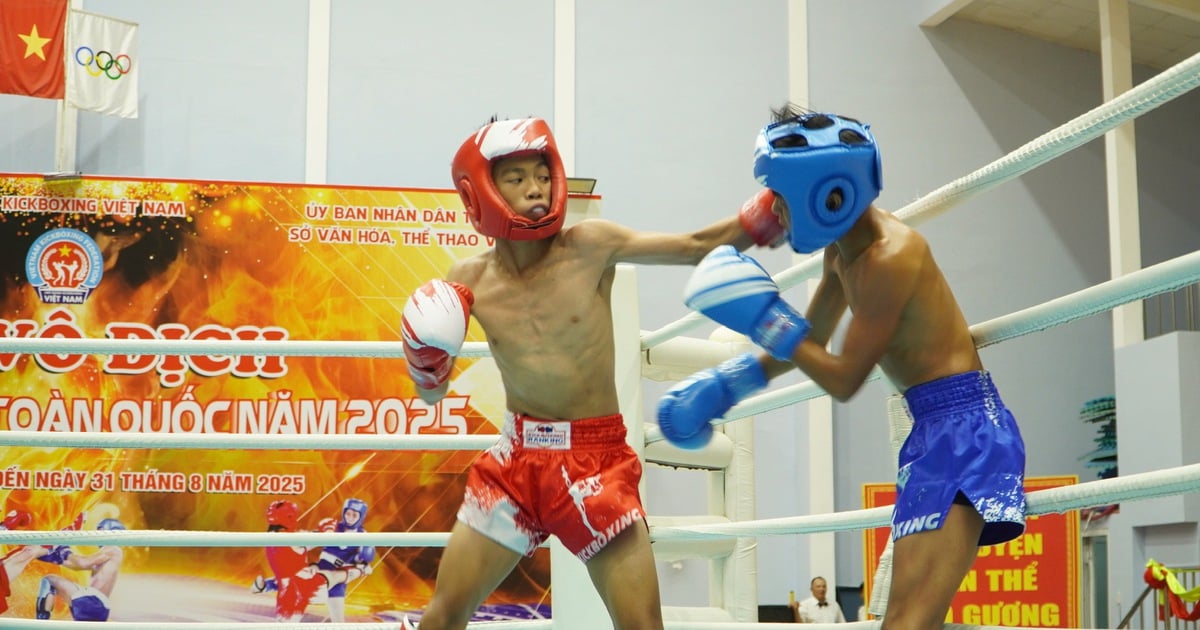





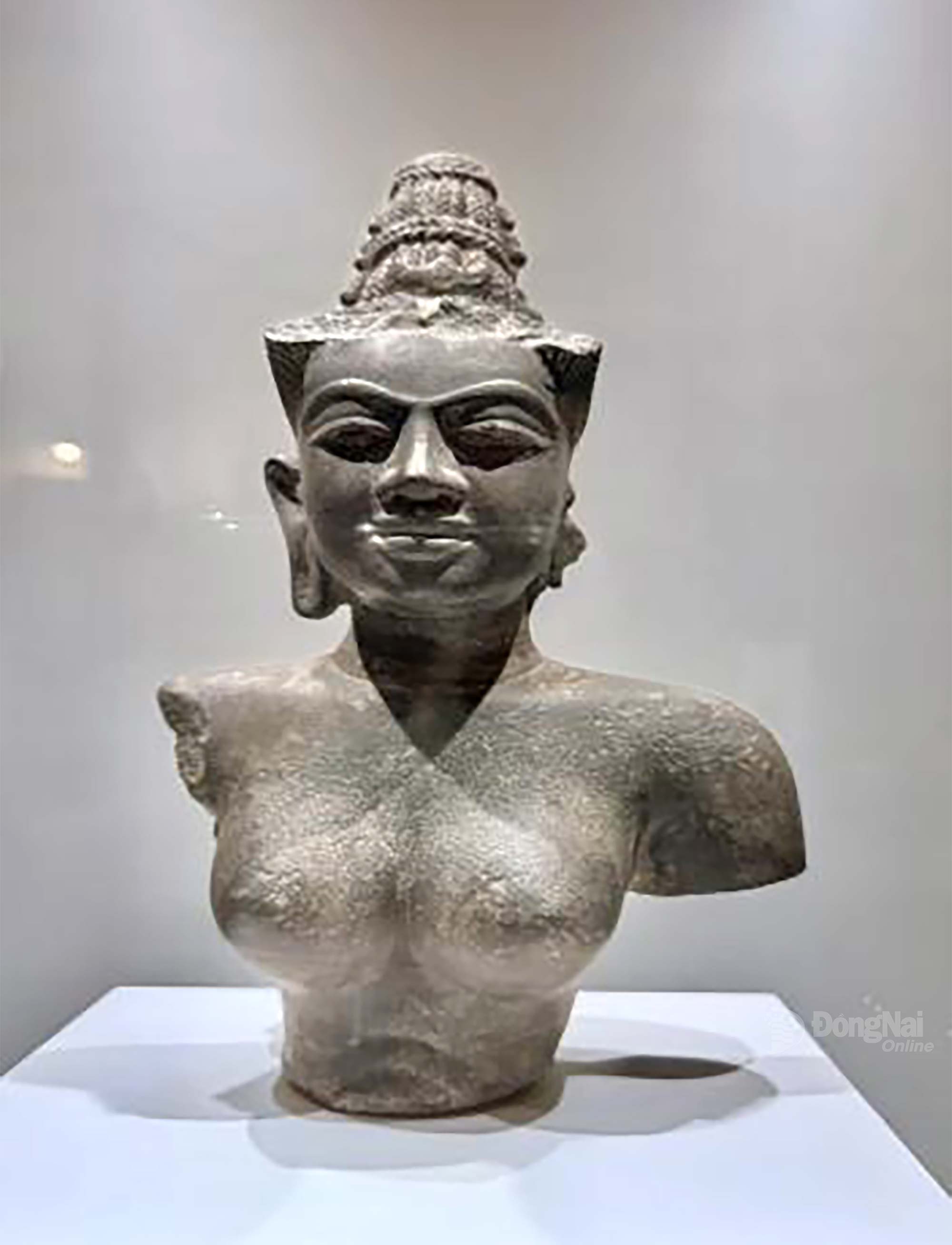

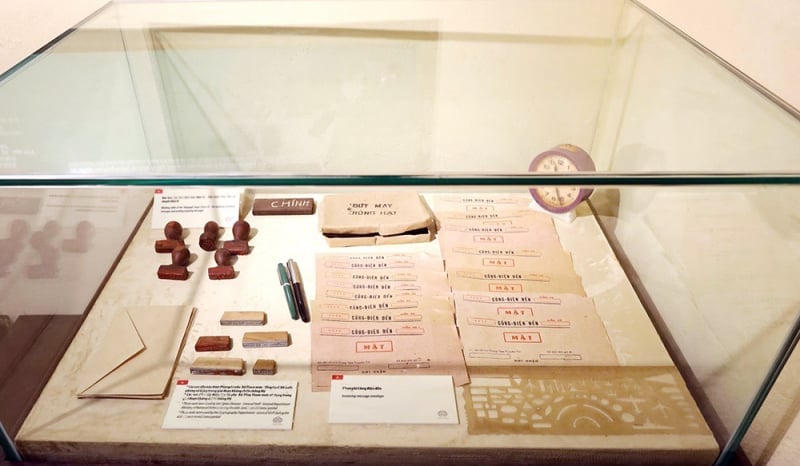

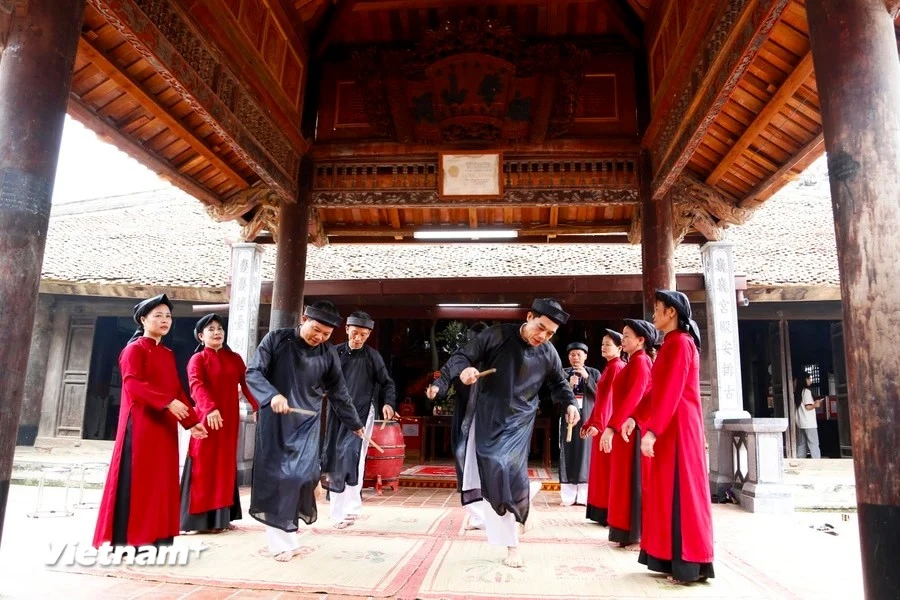


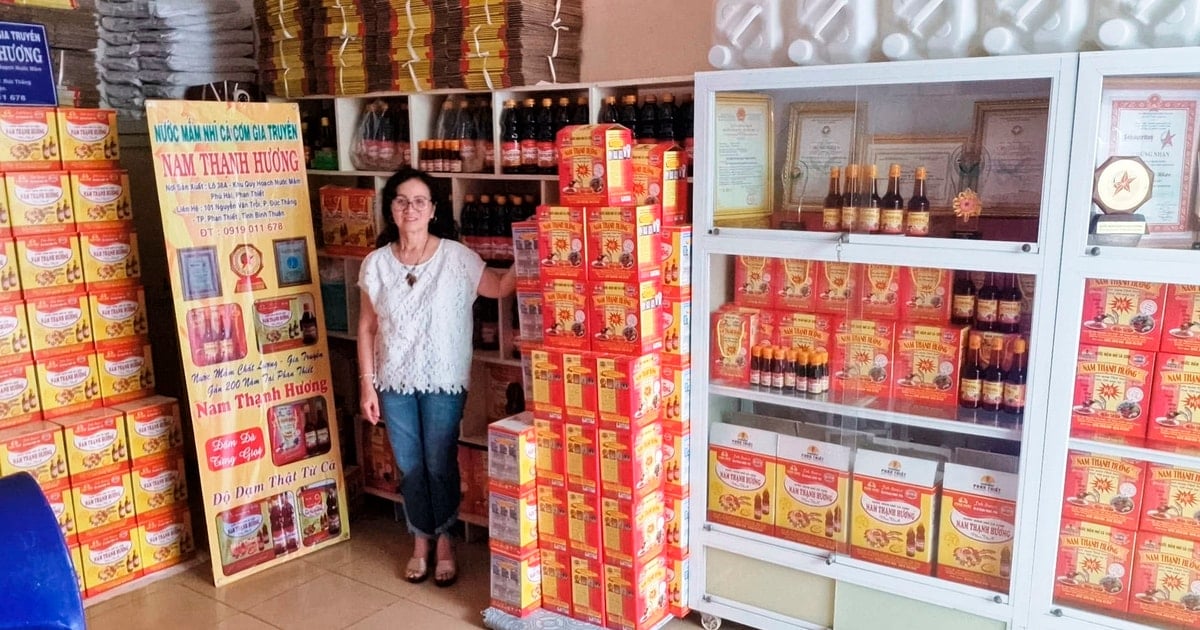

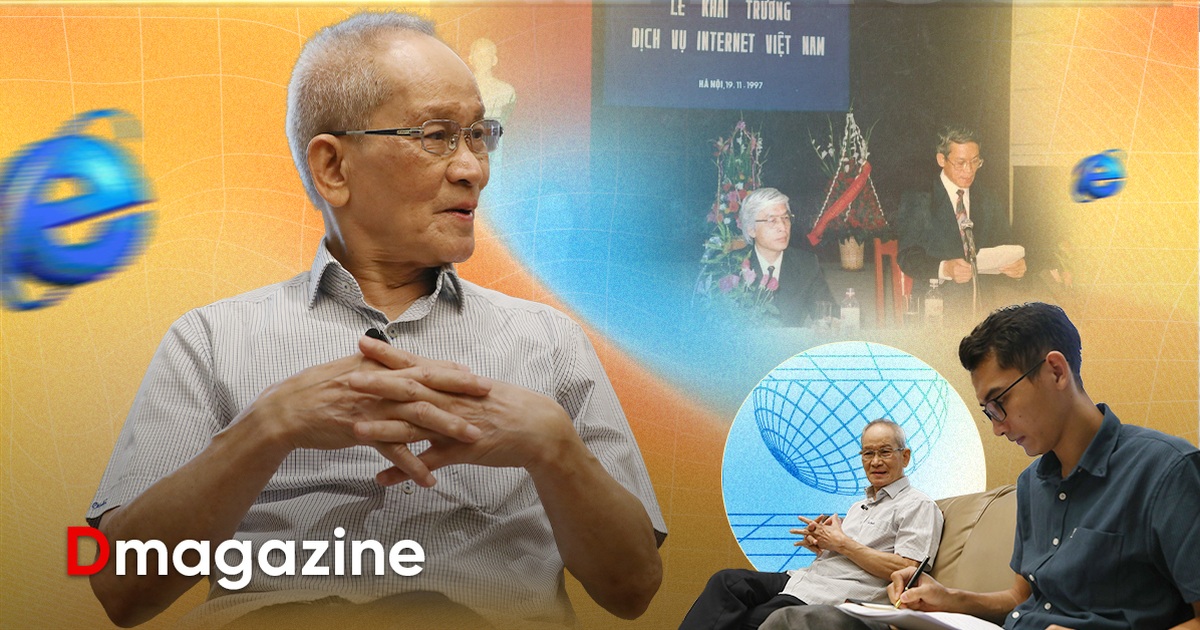






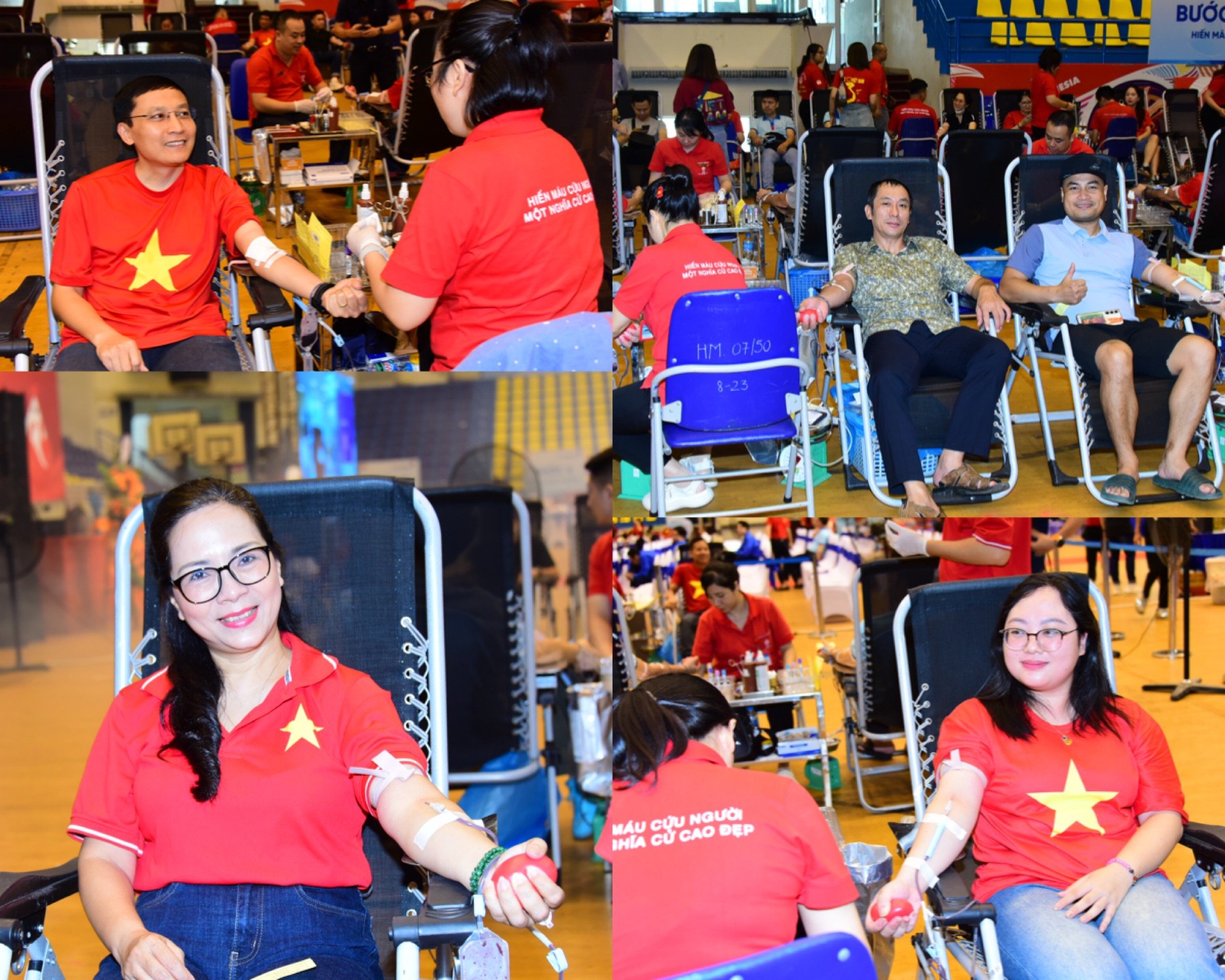










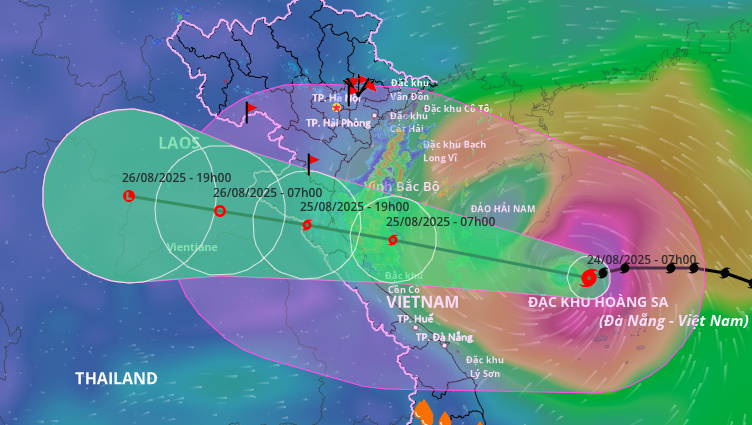



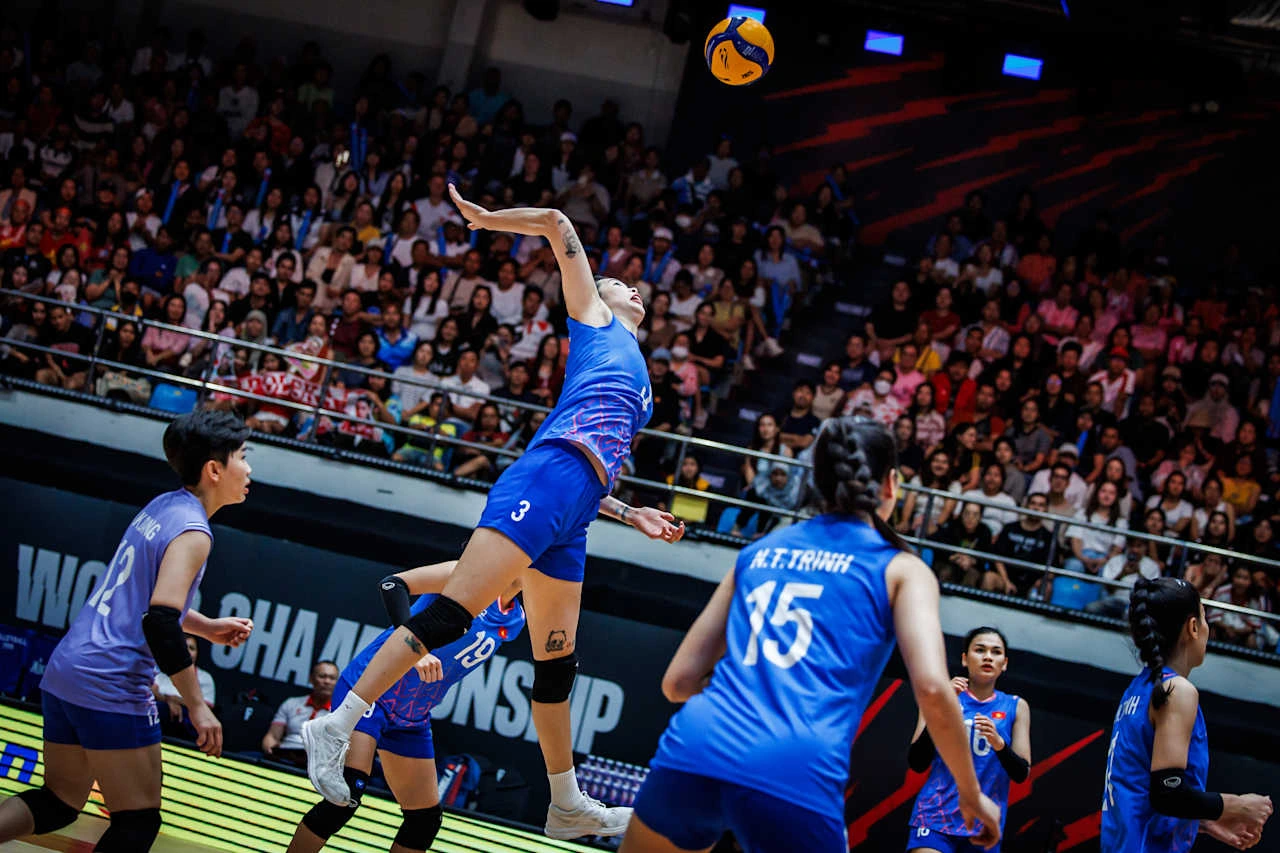











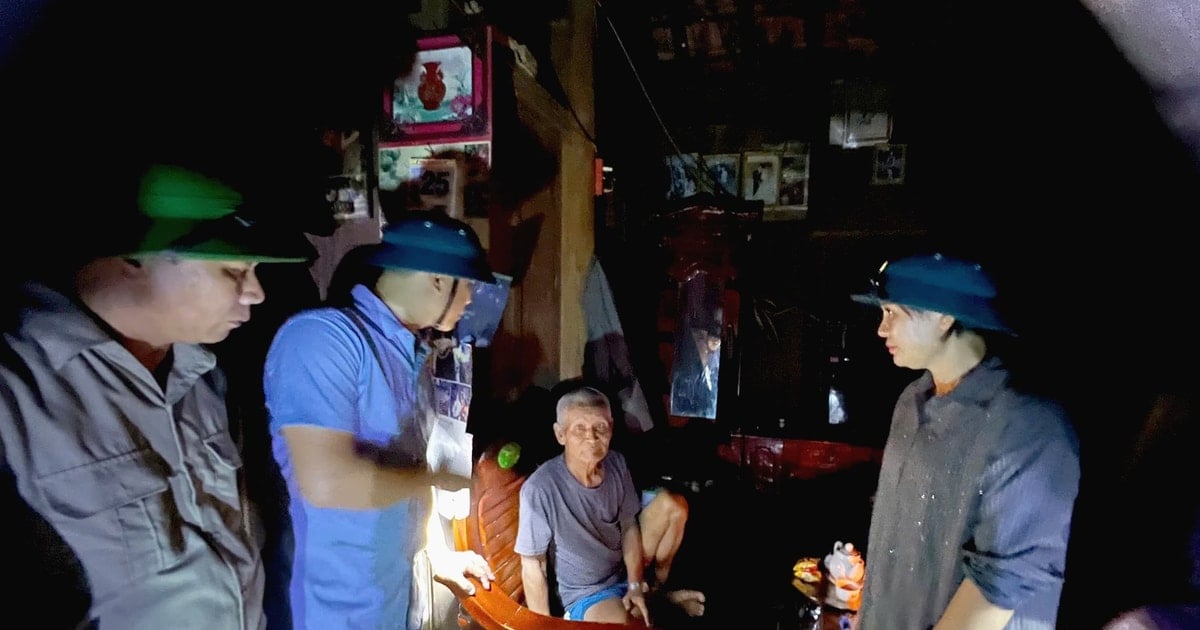



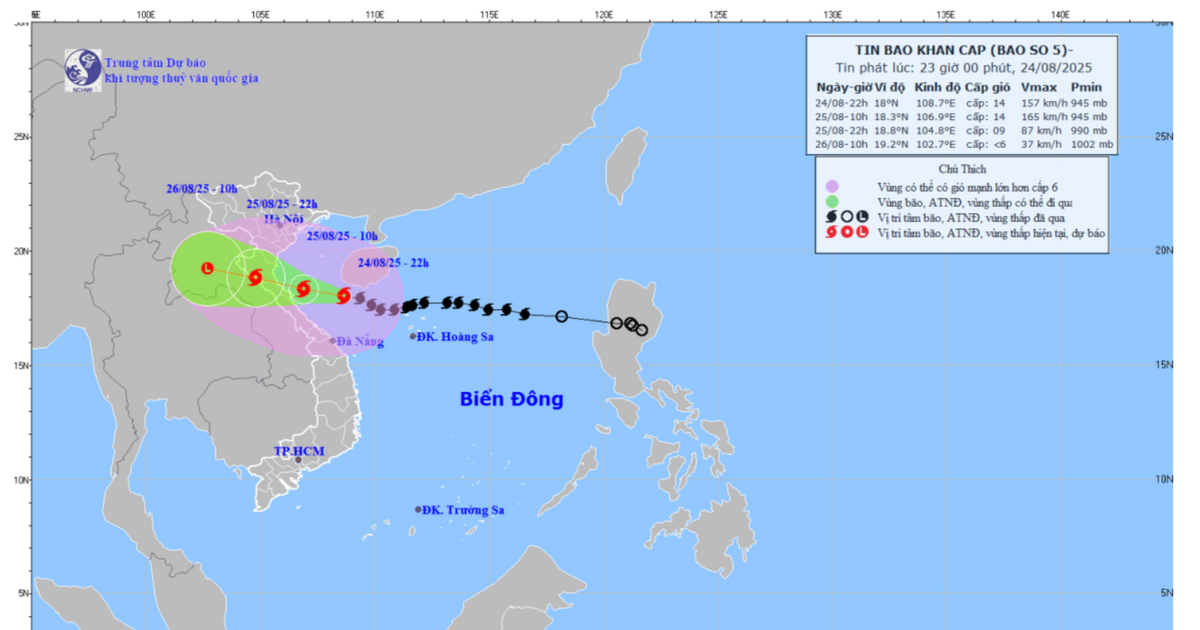
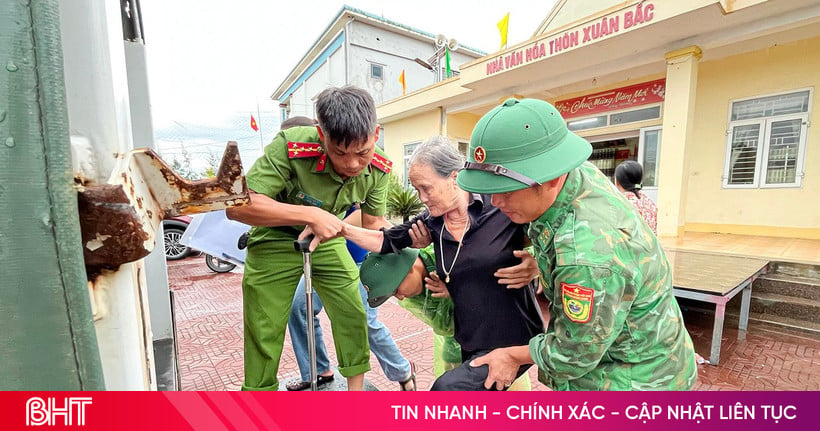





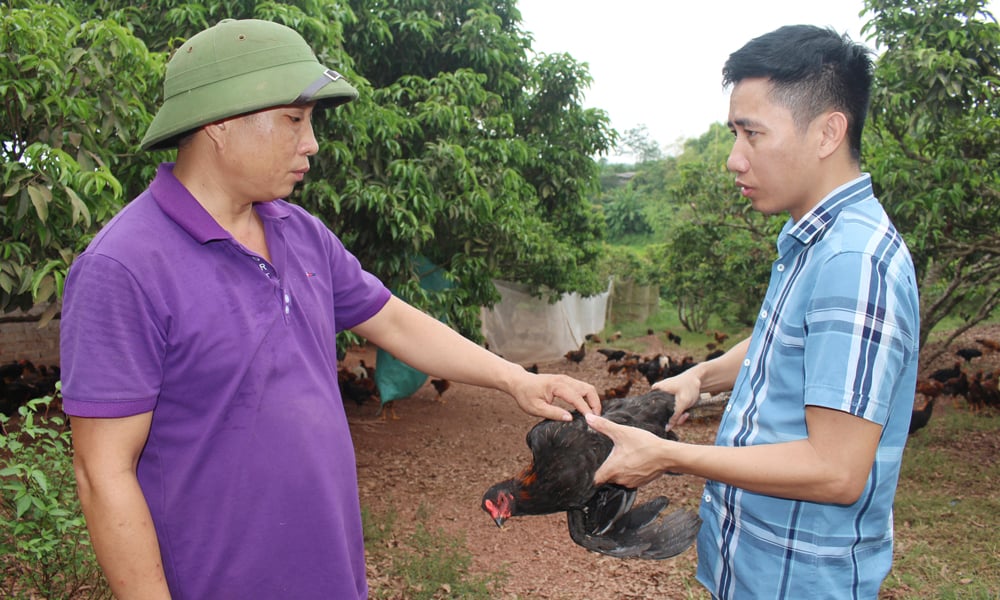
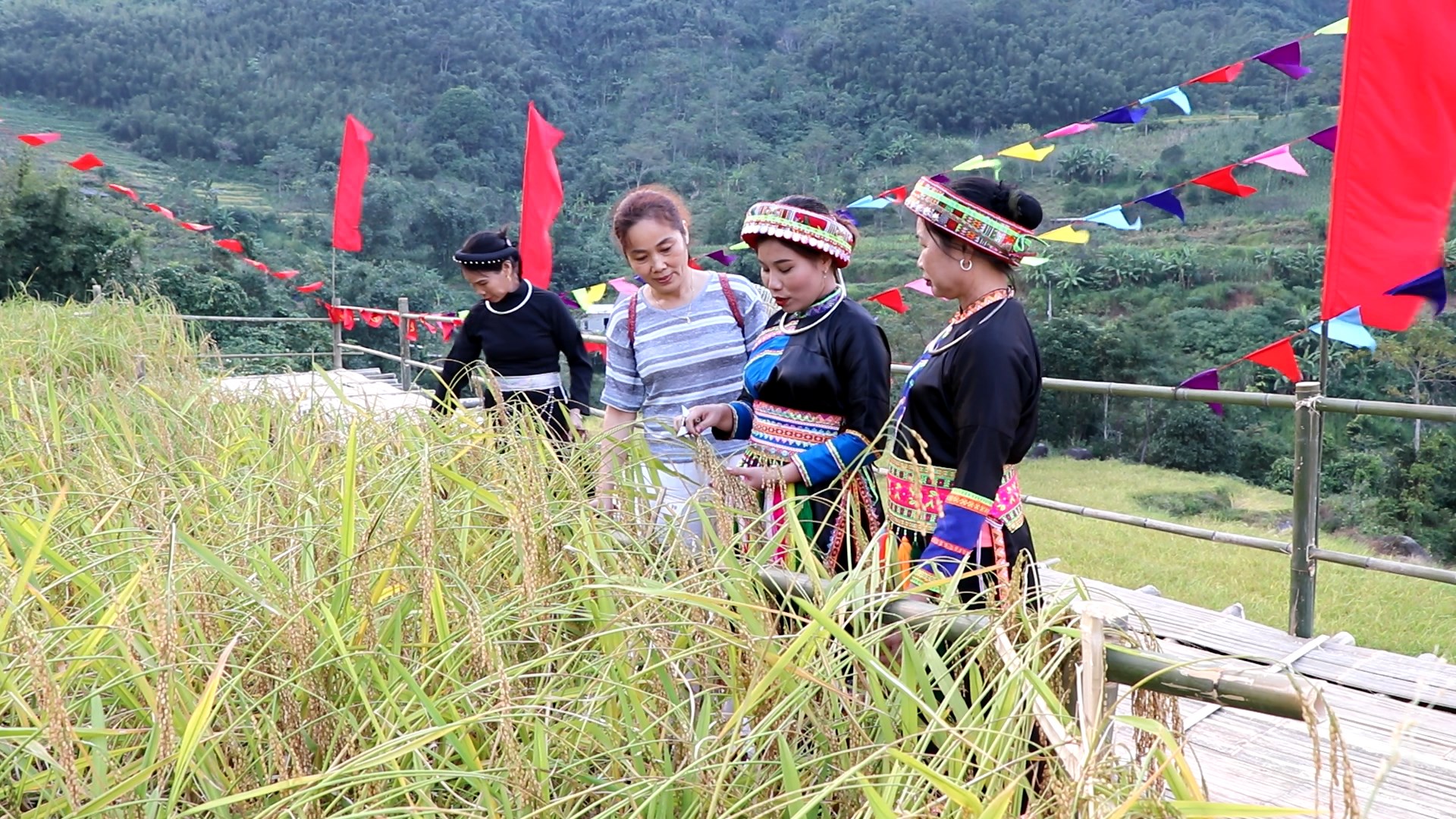

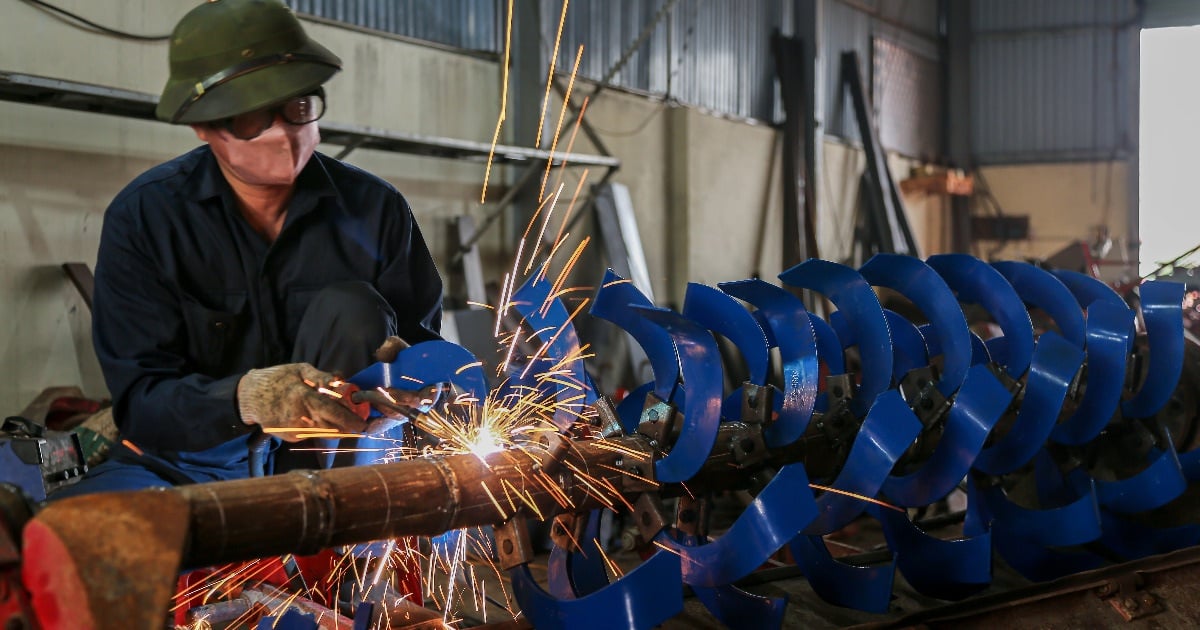
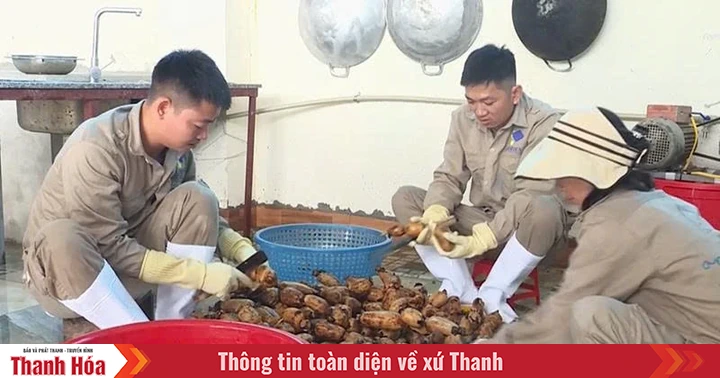
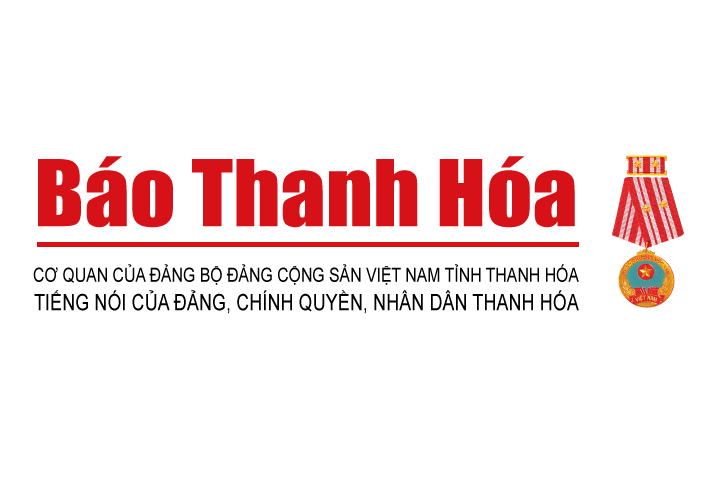
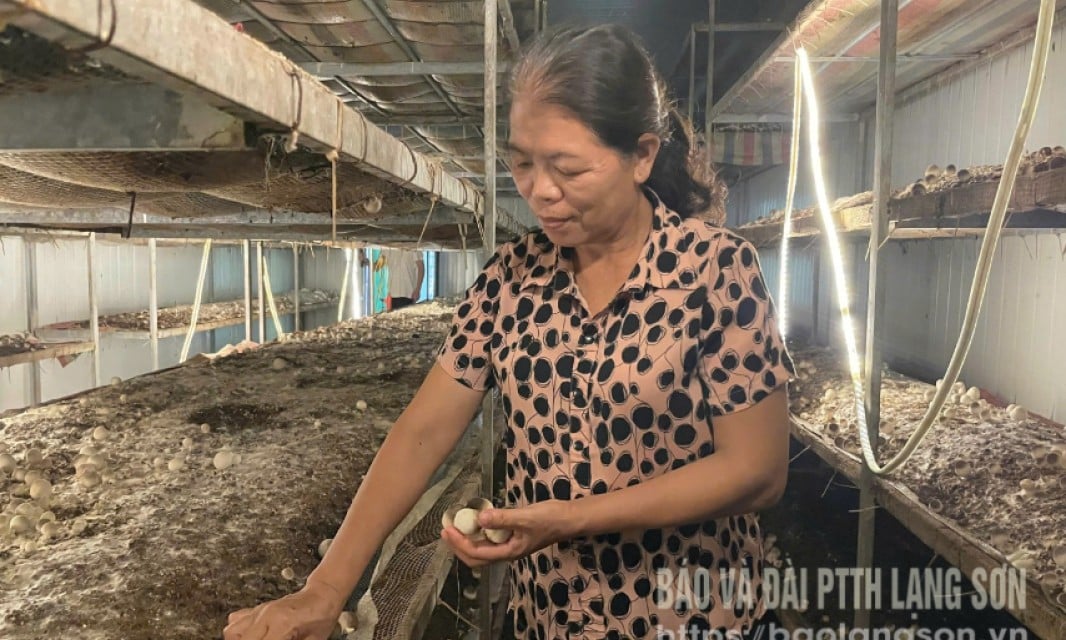






Comment (0)